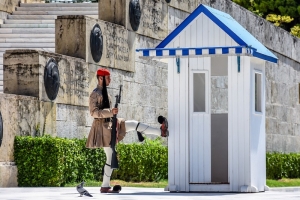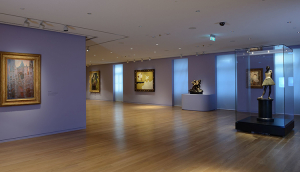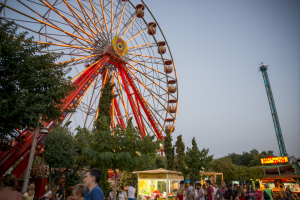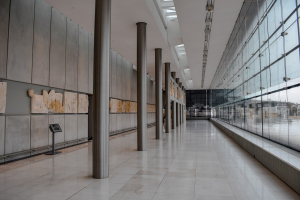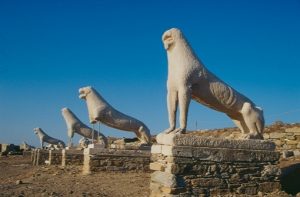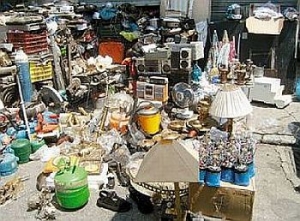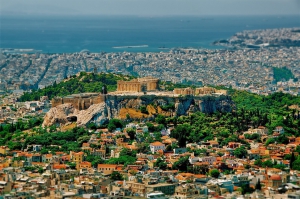In the ever-evolving landscape of entrepreneurship, knowledge is not just power—it's the cornerstone of success. Whether you're an aspiring business owner, a seasoned entrepreneur, or someone simply looking to foster their entrepreneurial spirit, books can serve as invaluable guides on your journey to success. From timeless classics to modern insights, here are five books that will unleash your inner entrepreneur and inspire you to reach new heights in business and beyond.
The Lean Startup by Eric Ries
Goodreads Score: 4,1/5
In "The Lean Startup," Eric Ries introduces the concept of building a business through continuous innovation and adaptation. Drawing from his experiences as a startup founder and advisor, Ries offers practical strategies for testing ideas, measuring progress, and maximizing efficiency. This book is a must-read for anyone looking to launch a business in today's fast-paced world, emphasizing the importance of agility, experimentation, and customer feedback.
Zero to One by Peter Thiel
Goodreads Score: 4,2/5
In "Zero to One," billionaire entrepreneur Peter Thiel shares his insights on what it takes to create a truly groundbreaking company. Thiel challenges conventional wisdom, urging entrepreneurs to focus on creating unique, monopolistic businesses rather than competing in crowded markets. Through thought-provoking ideas and real-world examples, "Zero to One" encourages readers to think boldly, innovate relentlessly, and build the future they envision.
The 4-Hour Workweek by Timothy Ferriss
Goodreads Score: 3,9/5
"The 4-Hour Workweek" by Timothy Ferriss is a game-changer for anyone seeking to escape the 9-to-5 grind and live life on their own terms. Ferriss shares his strategies for achieving financial freedom and lifestyle design through automation, outsourcing, and mini-retirements. Packed with practical tips, case studies, and actionable advice, this book challenges conventional notions of work and productivity, empowering readers to build businesses that support their ideal lifestyles.
Start with Why by Simon Sinek
Goodreads Score: 4,1/5
In "Start with Why," Simon Sinek explores the power of purpose-driven leadership and its impact on business success. Sinek argues that great leaders and companies inspire action by communicating their "why"—the underlying purpose that drives everything they do. Through inspiring stories and compelling insights, "Start with Why" helps entrepreneurs uncover their own why and harness it to build passionate, loyal communities around their brands.
The E-Myth Revisited by Michael E. Gerber
Goodreads Score: 4,1/5
"The E-Myth Revisited" by Michael E. Gerber offers invaluable insights into the common pitfalls that plague small businesses and how to avoid them. Gerber introduces the concept of the entrepreneurial myth—the misconception that most businesses are started by entrepreneurs when, in reality, they are started by technicians suffering from an entrepreneurial seizure. Through practical advice and illuminating anecdotes, Gerber provides a roadmap for building a business that thrives beyond its founder, emphasizing the importance of systems, processes, and scalability.
These five books offer a wealth of knowledge and inspiration for aspiring and seasoned entrepreneurs alike. Whether you're looking to launch a startup, grow your business, or simply cultivate an entrepreneurial mindset, these books will equip you with the tools, strategies, and insights you need to succeed in today's competitive landscape. So pick up a copy, dive in, and unleash your inner entrepreneur. Your journey to success starts now!



